Tag: PEEP
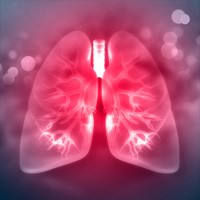
Cardiovascular Phenotypes in Ventilated Patients with COVID-19 ARDS
Approximately two-thirds of patients admitted to the intensive care unit (ICU) for coronavirus disease-19 (COVID-19) pneumonia present with the acute respiratory distress syndrome (ARDS). COVID-19-associated acute cardiac... read more

Transpulmonary Thermodilution Detects Rapid and Reversible Increases in Lung Water Induced by PEEP in ARDS
In ARDS patients, changing the positive end-expiratory pressure (PEEP) level induced parallel, small and reversible changes in EVLW. These changes were not due to an artefact of the TPTD technique and were likely due to the... read more
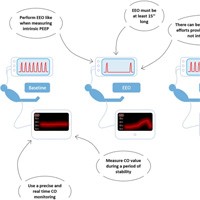
The End-expiratory Occlusion Test
There is growing evidence that the end-expiratory occlusion (EEO) test reliably detects preload responsiveness. It is easier to perform than passive leg raising and has less limitations than pulse pressure variations, provided... read more

Prevention and Treatment of ALI with Time-controlled Adaptive Ventilation
Neither the current lung protect and rest nor open lung approach (OLA) ventilation strategies have been effective at reducing VILI and ARDS-related mortality below that in the ARMA study. For a protective ventilation strategy... read more

Nationwide System to Centralize Decisions Around ECMO Use for Severe COVID-19 Pneumonia in Japan
The novel coronavirus disease 2019 (COVID-19) is spreading in Japan. The number of patients who need extracorporeal membrane oxygenation (ECMO) is expected to increase; however, the clinical characteristics of the patients... read more
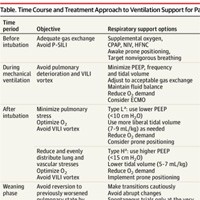
Management of COVID-19 Respiratory Distress
Acute respiratory distress syndrome (ARDS) can originate from either the gas or vascular side of the alveolus. Although the portal for coronavirus disease 2019 (COVID-19) is inhalational, and alveolar infiltrates are commonly... read more
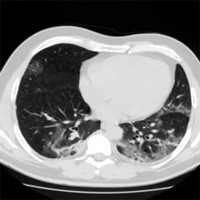
COVID-19 Pneumonia: ARDS or Not?
Even though it can meet the ARDS Berlin definition, the COVID-19 pneumonia is a specific disease with peculiar phenotypes. Its main characteristic is the dissociation between the severity of the hypoxemia and the maintenance... read more

Is COVID-19 ARDS?
Acute respiratory distress syndrome (ARDS) is a heterogeneous disease. It presents with a wide range of severity, varying degrees of hypoxemia and varying degrees of pulmonary mechanical impairment. Failure of hypoxemic vasoconstriction... read more
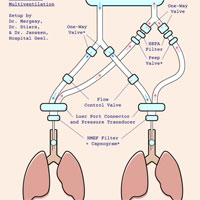
A Better Way of Connecting Multiple Patients to a Single Ventilator
This differential multi-ventilation setup yields increased safety, monitoring and control for each connected patient. In an ideal world, no one treating patients with Acute Respiratory Distress Syndrome (ARDS) would have... read more

Splitting Ventilators to Provide Titrated Support to a Large Group of Patients
COVID-19 can out-strip the number of mechanical ventilators available to us. This has led to interest in using a single ventilator to support multiple patients. This post will review the theory and evidence regarding this... read more
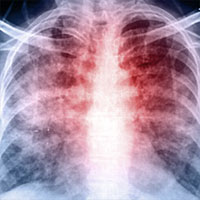
ARDS Diagnosis May Be Underrecognized
The February 27, 2020 Department of Internal Medicine Medical Grand Rounds "Acute Respiratory Distress Syndrome (ARDS),” was presented by Marc Moss, MD, Roger S. Mitchell Professor of Medicine; head, Division of Pulmonary... read more
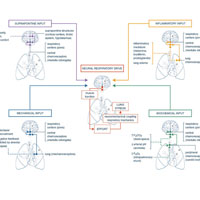
Respiratory Drive in the ARDS: Pathophysiology, Monitoring, and Therapeutic Interventions
Neural respiratory drive, i.e., the activity of respiratory centres controlling breathing, is an overlooked physiologic variable which affects the pathophysiology and the clinical outcome of acute respiratory distress syndrome... read more
Which Component of Mechanical Power is Most Important in Causing VILI?
Repeated applications of tidal energy inflict lung damage (VILI) when stress and strain exceed the limits of tissue tolerance. Inflation work and energy are the products of pressure and volume, which are loosely associated... read more
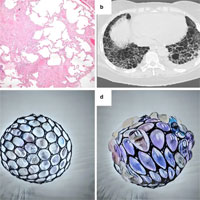
Ventilatory Support and Mechanical Properties of the Fibrotic Lung Acting as a “Squishy Ball”
The management of the patient with lung fibrosis in the ICU is a challenge for the intensivist. The lack of studies defining the mechanical ventilation strategy, and the different underlying etiologies, make it difficult... read more




